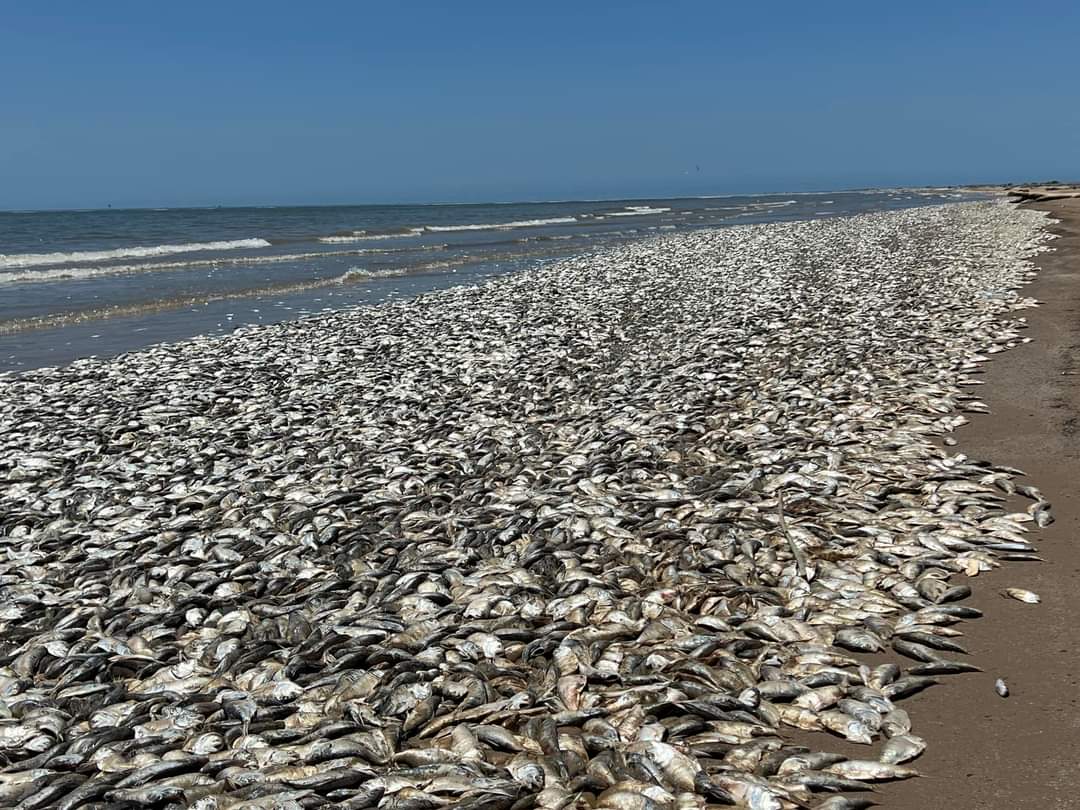Beachgoers in Texas along the Gulf Coast may have seen an unexpected sight this week: thousands of dead fish washing up on the beaches.
Wildlife officials claim that the Gulf menhaden has been the species most severely harmed by this fish kill. The NOAA claims that this species has the largest fisheries yield in the Gulf of Mexico.
Kills and Spills Team Region 3 of Texas Parks and Wildlife looked into what was going on along the coast, according to a statement provided to CNN by spokesperson Lerrin Johnson.
The team of biologists examine fish and wildlife kills caused by natural events and pollution. “Fish kills like this are common in the summer when temperatures increase,” Johnson said. “If there isn’t enough oxygen in the water, fish can’t ‘breathe,’” she added. Low dissolved oxygen, in many cases, is a natural occurrence, according to Johnson.
An estimated “hundreds of thousands” of fish have probably washed up on a six-mile stretch of beach since Patty Brinkmeyer, park superintendent at Quintana Beach County Park, first noticed the incident on Friday morning, she told CNN.
“You could literally see a straight-across mass of fish floating on the water,” Brinkmeyer said. “It looked like a big blanket.”
According to park officials’ Facebook post, warmer sea waters at Quintana Beach may have led to the menhaden’s demise because colder water tends to hold more oxygen.
Wildlife officials claim that during the early morning hours, fish may frequently be observed trying to suck at the water’s surface for oxygen before fish death events occur.
“Some fish may also be lying on the bottom or at the edge of the water, “Johnson said in a statement. Sunlight-driven photosynthesis causes increased dissolved oxygen during daylight hours, according to Johnson. “Photosynthesis stops at night and may slow down on cloudy days, but plants and animals in the water continue to respire and consume free oxygen, decreasing the dissolved oxygen concentration,” she said.







